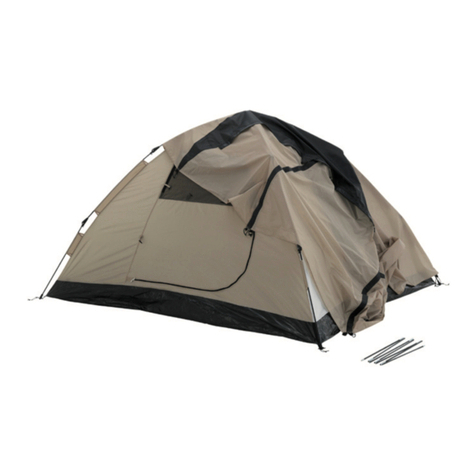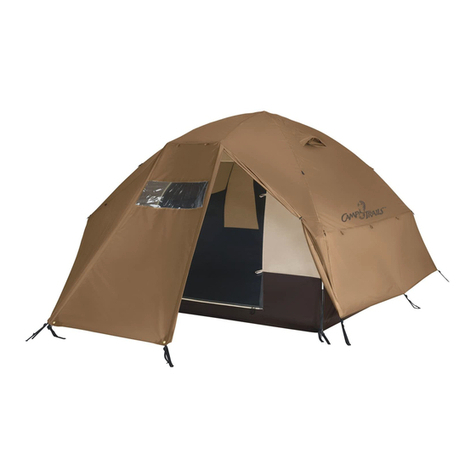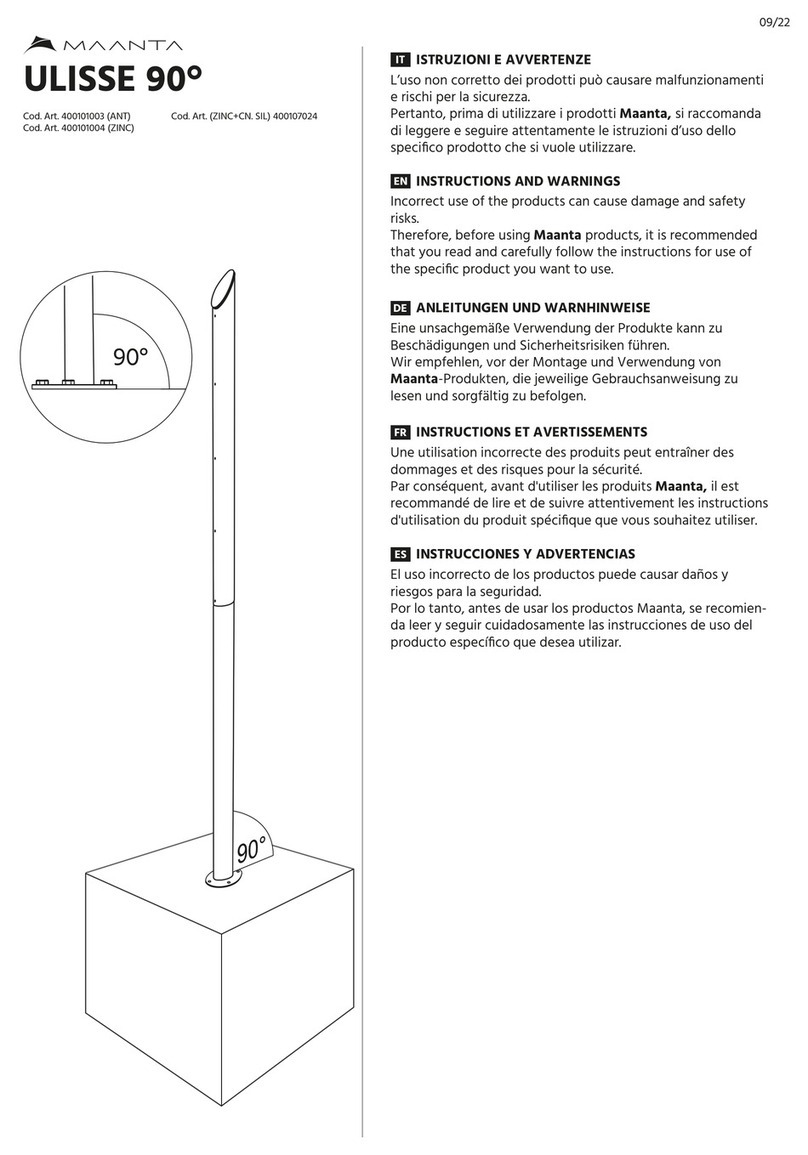
JOJO WINGS – SONIC
8
Picking The Right Canopy
It is important for your safety and enjoyment that you match your canopy with your ability and
weight. Jojowings canopies are built in several models that span a wide range of canopy surface
area. Any canopy’s descent rate and forward speed increases as the weight it is carrying - the so-
called suspended weight - increases. The canopy also becomes more responsive as forward speed
increases. It also reacts more radically when it is stalled or tuned.
Because of these aerodynamic facts, it is unsafe to put too much weight under any particular
canopy. Safe and comfortable landings will be difficult to obtain, even for experienced jumpers
under ideal conditions. Less experienced jumpers will have even a harder time and be at greater
risk.
Determining the wing loading of the parachute you intent to jump or buy is a good guide to
matching your weight to a particular canopy.
Wing loading is easily calculated by dividing the total suspended weight in pounds by the surface
area of the canopy in square feet. Total suspended weight is the weight of the jumper plus all his
clothing and gear- including the main parachute itself.
The surface area of Jojowings canopies is printed on the data panel, on the center cell rib, or
on the center cell top surface near the tail. (Be sure to actually check the data panel - canopies of
different sizes may look the same.) A typical ready-to-jump sport piggyback (rig and both
canopies) weighs 20 to 30 lb. Add this, plus the weight of your jumpsuit, clothing and accessories
to your bodyweight to get the total suspended weight. For example, a jumper who weighs 165 lb.
with his jumpsuit on and who jumps a packed rig that weighs 25 lb. Would have a suspended
weight of 190 lb.
Here’s an example of how to calculate wing loading of a 210 sq. ft. canopy and the jumper
used in the example above: 190 lb./210 sq.ft ‘ 0.9 lb./sq.ft.
Calculate the wing loading now for the canopy you intend to jump.
If this figure is below 0.7 and 1.0 it will turn fast and go fast. It will require skill to land well in
many weather conditions or at high altitudes. Be sure your skill level is up to the demands of this
situation. If the wing loading is greater than 1.0 lb./sq.ft. you are exposing your self to a
dangerous situation. Turn rates, forward speed and rate of descent will all be very high. Control
range may be short with stalls happening very abruptly with little warning. Normal landing
techniques may not work. Extra speed on approach to landing may be required to get enough
flare to stop your rate of descent. Therefore, a front riser approach to hook turn may be required,
either of which are very dangerous.
Jojowings does not recommend that anyone jump a canopy that will result in the wing loading
exceeding 1.0 lb./sq.ft.
It also is useful to compare the wing loading of a canopy you intent to jump with the wing
loading values of parachutes you’ve been jumping. If the different is great, you should expect the
new canopy to perform very differently than the ones you’ve jumped before.



























